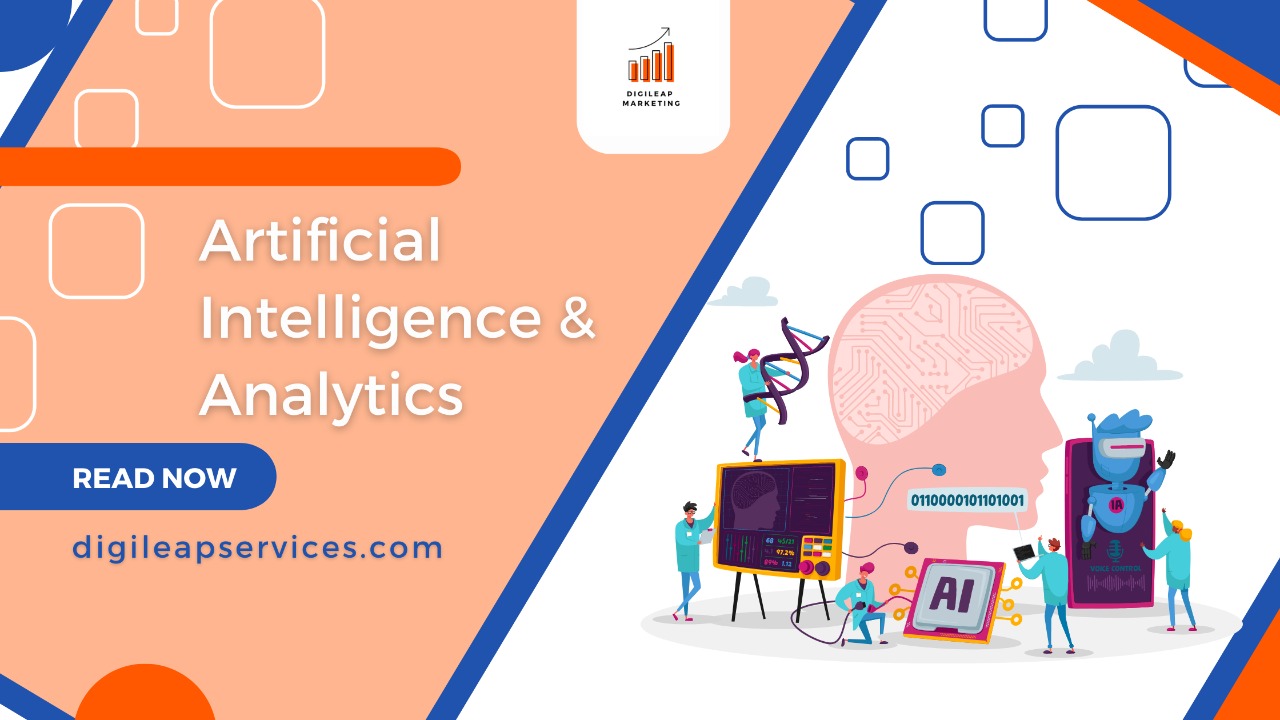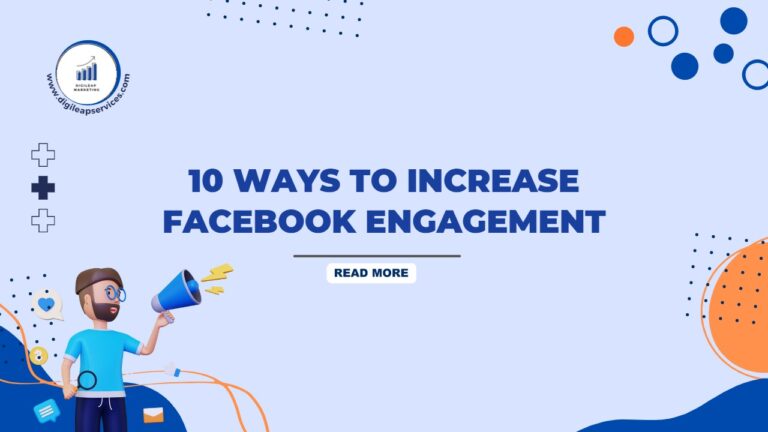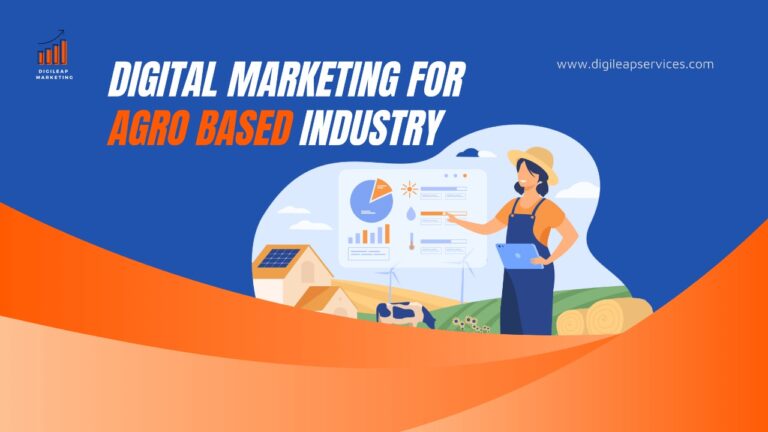Artificial Intelligence and Analytics
AI analytics is the outcome of utilizing today’s artificial intelligence and machine learning technologies to automate data analysis, which has traditionally been a time-consuming and labor-intensive process. AI is increasingly capable of analyzing unstructured data in addition to structured data sources, thanks to the use of AI analytics tools such as natural language processing (NLP) and transcription of voice analytics with computer vision for picture and video analytics.
The ability of AI systems to interpret data autonomously gives several economic benefits. One of the most essential is reducing the labor costs of data scientists and other highly compensated and scarce analytics experts. Other benefits of using AI in analytics include:-
- Risk management: – AI analytics can help to increase the efficacy of risk management models and generate better strategies.
- One-of-a-kind products: – AI analytics tools process massive volumes of data to improve existing products and develop new ones.
- The supply chain has been accelerated: – AI in analytics is viewed as a disruptor by supply chain leaders, allowing them to apply data-driven knowledge to previously intractable problems.
- Customer involvement: – Use AI analytics techniques to figure out what customers want and to attract, maintain, and grow their loyalty.
Artificial intelligence (AI) is a broad field of computer science that encompasses any sort of intelligence demonstrated by machines. This term is often used to describe machines that replicate cognitive abilities such as learning, problem-solving, reasoning, and representation. AI may be used to analyze data, understand human speech, drive self-driving cars, play games, and understand human speech. Three approaches to problem-solving with AI are statistical techniques, search optimization, and artificial neural networks.
AI analytics is a type of business intelligence that uses machine learning techniques to discover new patterns and relationships in data. In practice, AI analytics is the process of automating much of the work that a data analyst would normally do. While the goal is not to replace analysts, AI analytics frequently improves a data analyst’s speed, data scale that can be explored, and data granularity that can be monitored. Augmented analytics is another sort of analytics that Gartner expects will be the future of analytics. Augmented analytics uses artificial intelligence and machine learning to search for patterns in data and identify valuable insights without the assistance of data scientists.
Let’s compare AI analytics to traditional data analytics to get a better understanding of the topic.
Traditional data analytics is typically performed by a technical team of data analysts. Here’s an example of how a team of analysts might have approached a business problem in the past:
• Over time, a company experiences an event, occurrence, or trend, such as sales being down for the quarter.
• Data analysts then develop hypotheses about the likely causes of the sales decline, which are then tested against the data for that period until enough evidence is found to support a specific theory.
- The analysts then write a report summarising their findings and frequently suggesting potential next measures for the company to take.
As you may assume, the entire process takes a long time, from the initial change to finding the underlying causes. Furthermore, due to their inherent limits, data analysts cannot ensure that the answers they find are correct. AI and machine learning, which was once powered by centuries-old statistical modelling methodologies, are now transforming the field of analytics by giving human-impossible levels of speed, size, and granularity.
AI analytics, on the other hand, is based on machine learning algorithms and constantly monitors and analyses vast volumes of data. The results differ from traditional analytics in the following ways:
• Scale: – An AI-based anomaly detection system learns the usual behaviour of the data without being explicitly told what to look for. It can do so at any degree of granularity: revenues by country, products, channels, and so on.
• Speed: – The AI model will detect unusual revenue drops and notify the appropriate teams in real time. An AI-based analytics system also employs clustering and correlation algorithms to give root-cause analysis, allowing any faults to be remedied as soon as possible. Because the analysis is done constantly and in real-time, rather than quarterly, monthly, or weekly at most, this reduces remediation time by orders of magnitude.
• Accuracy: – AI Analytics is based on machine learning algorithms that can effectively understand many different patterns of normal behaviour and identify links between abnormalities in ways that an analyst would find almost impossible (correlations between millions of time series in some cases). Of course, the quality of ML algorithms is determined by how they were built; they must accurately learn many diverse patterns autonomously, which involves the use of multiple types of algorithms.
Furthermore, unlike data analysts, these algorithms are not prejudiced toward the underlying business questions. AI analytics can study large volumes of data and provide a completely objective appraisal of the situation, rather than making assumptions about the likely causes of a shift in income. This means that AI analytics can test an infinite number of hypotheses far more quickly than traditional analytics, often in seconds rather than weeks.
In this way, AI analytics is a labour supplement. This enhancement enables people to perform more effectively on things that they find more interesting, engaging, and gratifying. As a result, AI is even better suited to the repetitive and time-consuming actions that lead to the creation of insights because it is not fatigued by systematic effort. It “replicates” human work by enhancing it. The ability of AI to automate insights frees up time and labour, allowing businesspeople and data scientists to use their creative and problem-solving talents in their daily duties.












